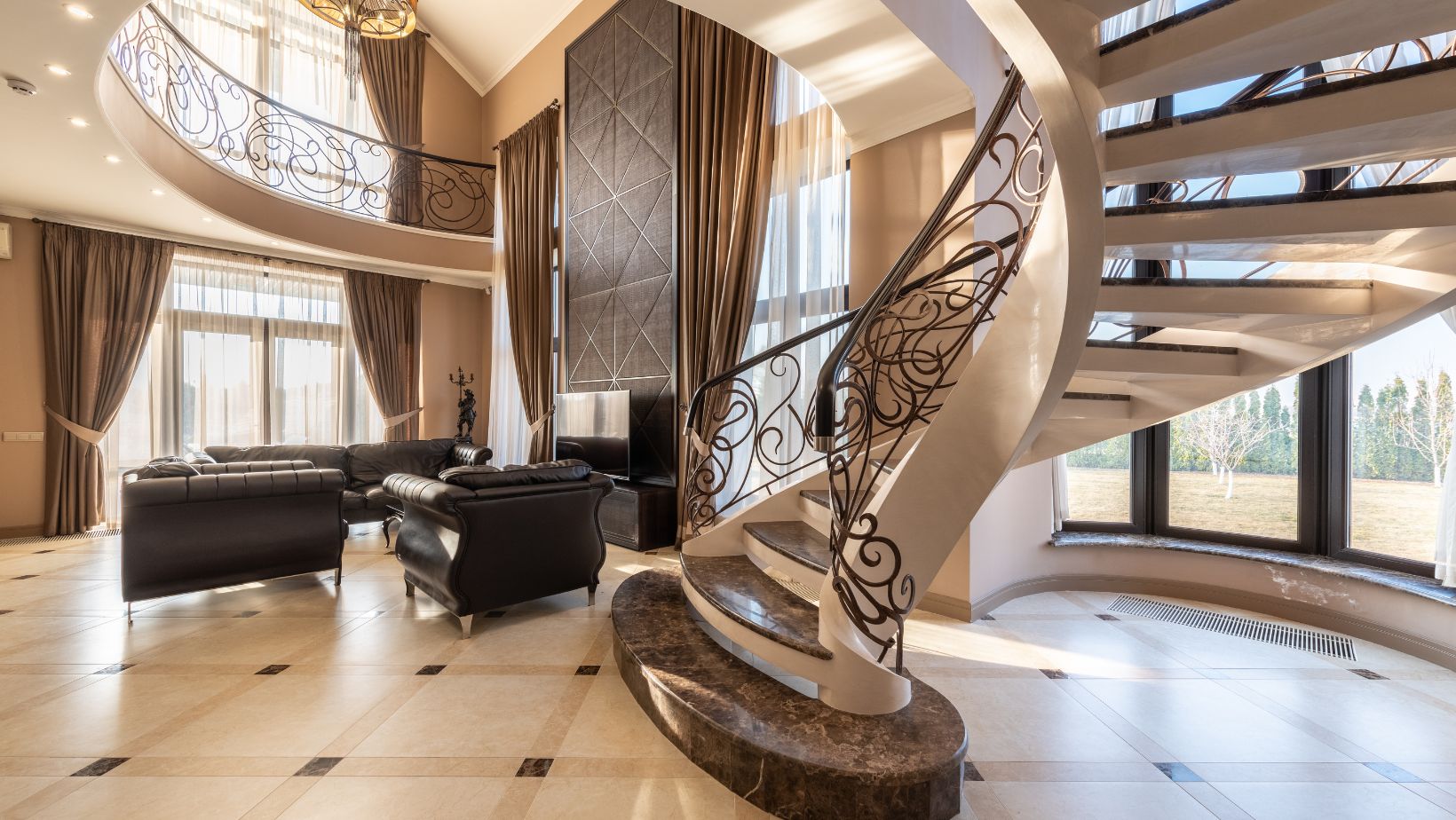Everybody has a slightly different idea of luxury and what it looks like. From a cultural standpoint, people view luxury quite differently, and there are also a lot of trends in interior design. However, despite these trends, the look of luxury is quite timeless in many ways.
What constitutes a luxury space? It could be a venue, like a wedding venue or a casino. It is even possible that luxury spaces might encompass certain bars, and restaurants are also a big part of this; a Michelin-starred restaurant will certainly want to convey a look of luxury.
Design has also changed and evolved throughout the years, giving people a different take on what is luxurious. Trends come and go, but quality is always part of the interior design process.
Table of Contents
ToggleLavish and Detailed Looks
There are a lot of homes out there that opt for a lavish look, and many forms of interior design are influenced by looks found in places like casinos. Some people only opt for the rich woods and decorative fabrics that can be found at a casino, but others go for the full experience—adding a roulette wheel with all the history of the game can be a great way to create a cozy country club vibe. There are plenty of other items that can also have a similar effect and add to this look.
Lavish touches can include detailed patterns and decorative carpets. This isn’t usually compatible with the minimalist look that is en vogue in some parts of the world, but it is an option for creating a beautiful and considered look. It doesn’t have to be designed to look just like a casino, but the look of a Monte Carlo game room is an example of what some people consider luxury, much like a James Bond film set!
Some people consider luxury to embody the look of the lavish interiors of European castles and estates, where every detail was crafted to impress. Gold-leaf accents, intricately carved furniture, and ornate tapestries were common. Today, homeowners can achieve this opulent look with luxury furniture in Sydney, offering timeless designs inspired by these historical styles. Baroque and Rococo styles were grand and remained staples of luxury buildings in the 17th and 18th centuries but have influenced a lot of modern designers, too.
Different design options work for different buildings, and a visit to a historic place may come with an expectation of a certain old and ornate look.
Mid-century Modern Shines a Light on Clean Lines and Practicality
The mid-20th century saw another shift. In fact, there were a lot of cultural shifts during this time, and many designers moved away from ornate embellishments to focus on clean lines and functionality instead. This is something we still emphasize today in a lot of designs. Understated and sophisticated-yet-simple looks might be best for some buildings, which can also help those on a budget. A modern apartment is a good example of this.
In the 20th century, we also saw the rise of open-plan living, a concept that broke away from the compartmentalized spaces of the past. Open plans may not be embraced by everyone, but they certainly have their benefits. Luxurious interiors were now about creating comfortable, flowing environments that encourage interaction. Materials like teak wood and leather became linked with minimalism.
The balance of function and design is something that everyone needs to consider in their home, and minimalism definitely tilts things towards function being the main consideration. That does not mean, however, that things can’t look great and even luxurious. Sometimes, more decorative items in a room can give it a cluttered look.
Technology’s Influence
Technology continues to be a dominant force in everything we do, with smart homes offering unparalleled convenience. The options are pretty much endless, and there are things like voice-activated systems for different lighting and even hidden entertainment setups to keep screens out of the way.
Tech means that today’s interiors can integrate function with looks better than ever before. People even use color-changing lights to give their homes a totally different look depending on their mood, and televisions designed to look like picture frames can help people avoid unsightly screens and replace them with more beautiful images.
Materials also play a vital role in modern luxury design. Older materials like velvet are making a comeback, but they’re often used in unexpected ways. For example, a minimalist space might feature a single bold accent instead of being fully designed in this way. Incorporating high-quality fabrics from Ian Mankin can add depth and sophistication, creating a refined yet understated elegance in any space. Although the look of a room will always be influenced by personal preference, plenty of people are opting for high-tech touches to enhance the space.



